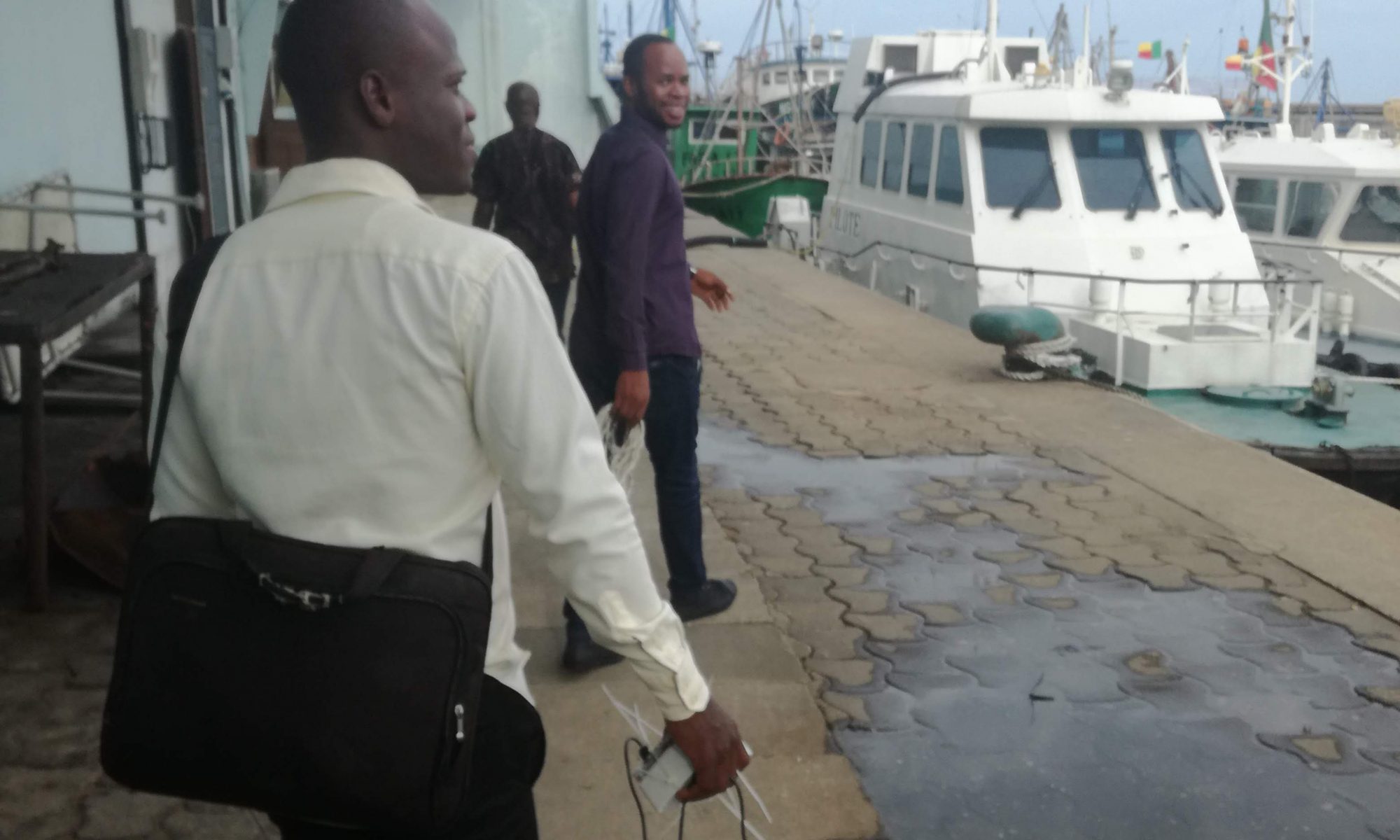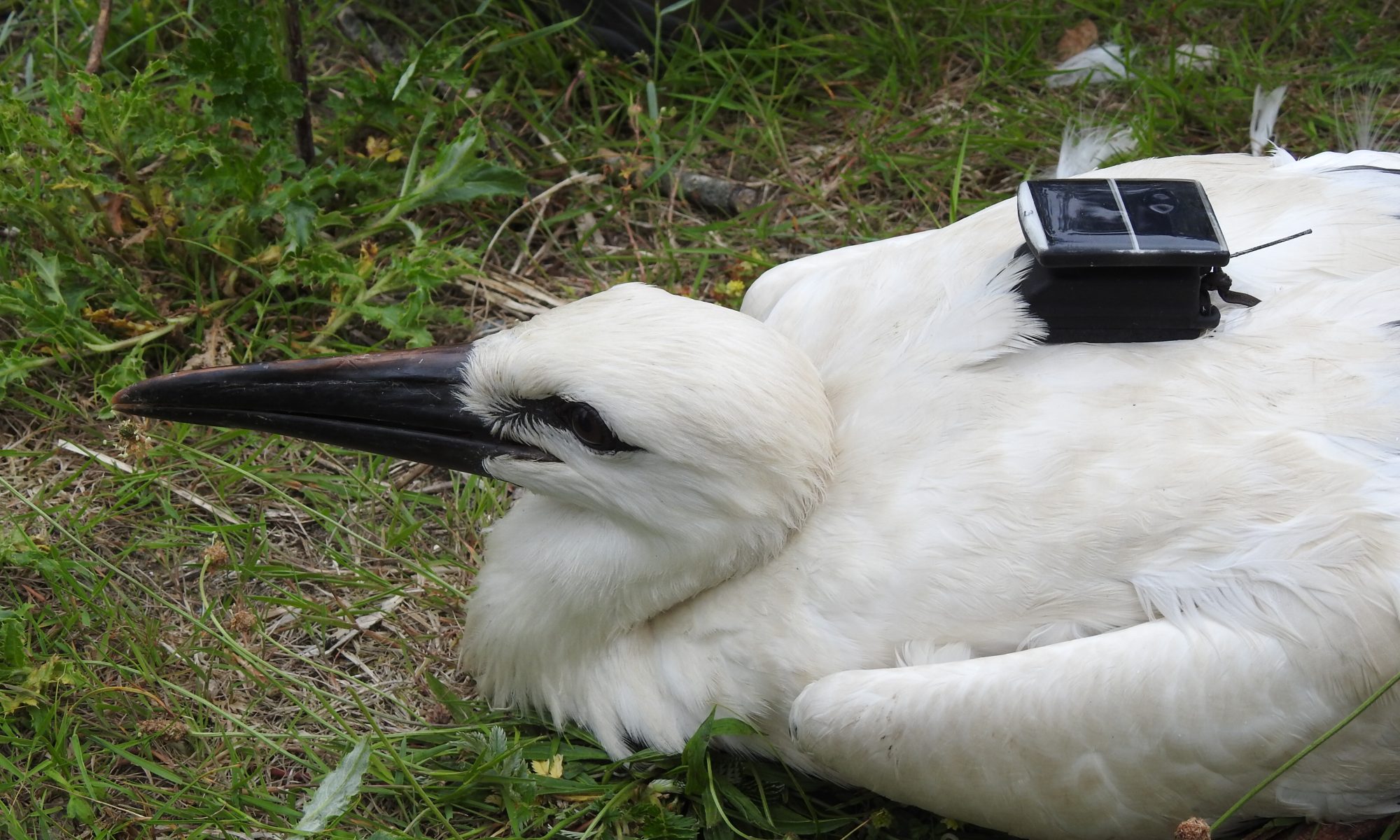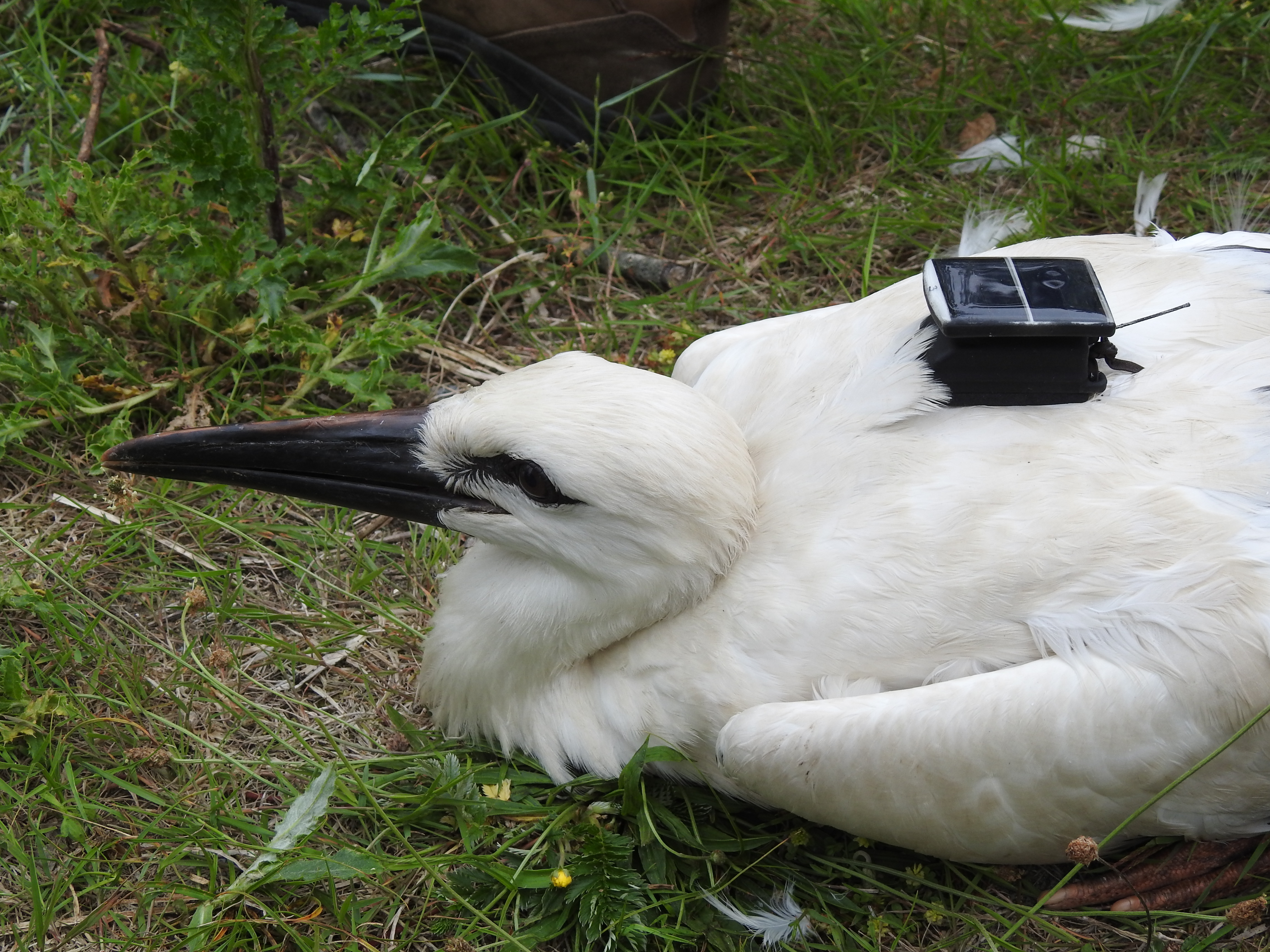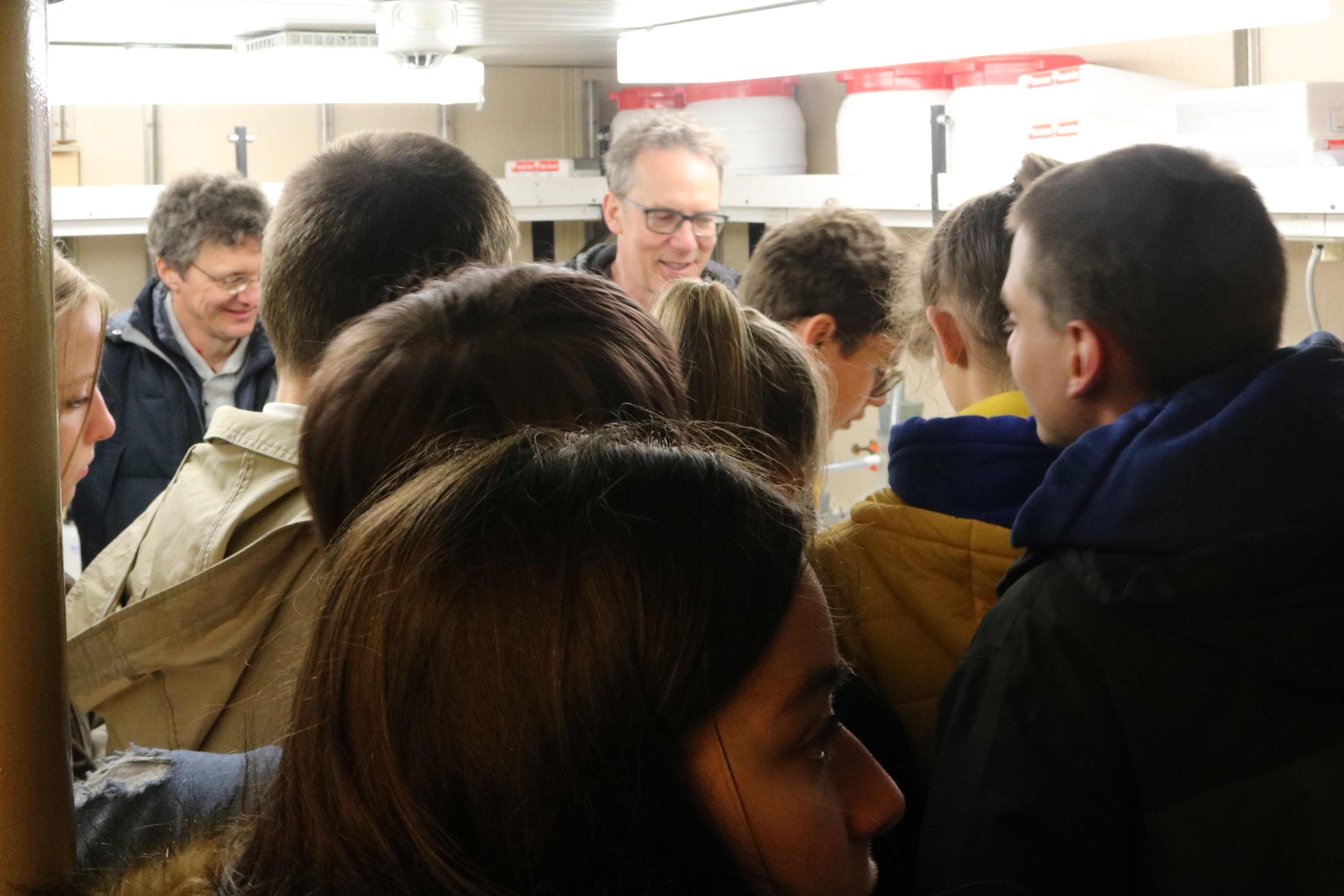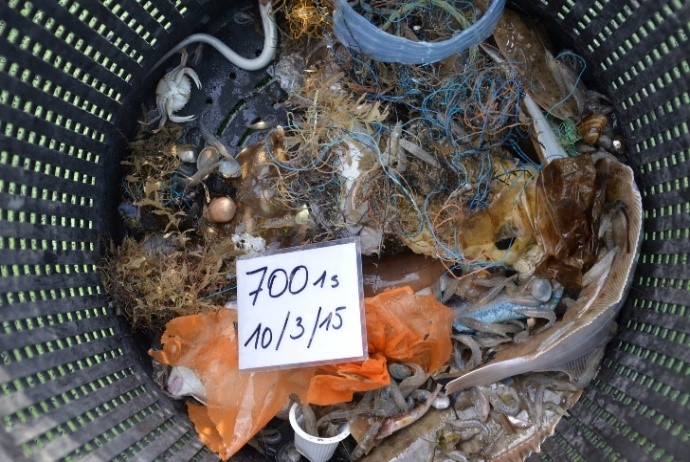Eurofleets+ is an Alliance of European marine research infrastructure to meet the evolving needs of the research and industrial communities.

General information
The Eurofleets+ project facilitates open access to an integrated and advanced research vessel fleet, designed to meet the evolving and challenging needs of the user community. European and international researchers from academia and industry are able to apply for several access programmes, through a single-entry system. Eurofleets+ prioritises support for research on sustainable, clean and healthy oceans, linking with existing ocean observation infrastructures, and supports innovation through working closely with industry.
Eurofleets+ accessible Research Vessels: The project enables access to a unique fleet of 27 state-of-the-art research vessels (13 Global/Ocean and 14 Regional) from European and international partners. Through competitive calls, Eurofleets+ provides a wide geographic coverage, with access to the Mediterranean and Black Seas, the Baltic Sea and the North Sea, the North Atlantic (incl. Greenland and Norwegian seas), and the Southern Pacific Ocean and Ross Sea.
Eurofleets+ accessible embarked equipment: Researchers have access to cutting edge equipment, which includes 7 ROVs (Remotely Operated Vehicles) and 5 AUVs (Autonomous Underwater Vehicles). A unique portable telepresence system enables remote access by researchers and diverse end users including the public; a first for Europe.
Eurofleets+ programmes
Three access programmes are foreseen to be launched in Eurofleets+:
1) Ship-time and Marine Equipment Application (SEA programme) for access to the vessels and marine equipment through a full ship-time application, for which there will be a minimum of two calls, one with “ocean“ and one with “regional“ vessels. The SEA call for Ocean vessels and equipment has opened on the 26th of June and remains open until 27th of September 2019. More details on this call can be found below. The SEA call for Regional vessels will be opened in fall 2019 and will also remain open for three months. Research vessels and marine equipment not offered or requested in the first call (Oceans), or with spare capacities will be offered in the second, Regional call.
2) Co-PI programme specifically aimed at early career researchers to implement their own research together with experienced scientists in Eurofleets+ scheduled cruises. The Co-PI programme is anticipated to be open to applications from November 2019 onwards, and remain open continuously to the beginning of 2022.
3) Remote Transnational Access (RTA programme) to provide researchers with remote access to samples or data from a Eurofleets+ fleet vessel. Remote access will allow smaller projects, sample or data needs, to be addressed, when this can be accomplished with one day of ship time. RTA programme applications will be submitted in a continuous running call that is also anticipated to be open to applications from November 2019 to the beginning of 2022.
Notes: Non European applicants are also elegible for funding. Industry partners, early career researchers and female researchers are encouraged to apply.
EurofleetsPlus funds cover use of the vessels, crew, fuel and other standard operating costs, as well as travel expenses for the embarked team and transport of equipment and samples.
SEA-Programme Call “OCEANS”
The SEA Programme offers fully funded transnational access to 14 Research Vessels (some with ice class) and 9 pieces of Marine Equipment to carry out ship-based research activities within any field of marine science.
Funding conditions, application guidelines and full eligibility criteria.
This call will remain open for the submission of proposals until Friday 27th of September 2019.
Research vessels:
North Atlantic Ocean
RV Arni Freidrickson (HAFRA, Iceland)
RV Celtic Explorer (MI, Ireland)
RV DANA (DTU, Denmark)
RV Magnus Heinason (HAVST, Faroe Islands)
RV Mar Portugal (IPMA, Portugal)
Arctic Ocean
RV Sanna (GRONLANDS, Greenland)
RV G.O. SARS (HAVFO, Norway)
Mediterranean Sea, Atlantic Ocean
RV Alliance (NATO-CMRE, Italy)
RV Pelagia (NIOZ, The Netherlands)
RV Ramon Margalef (IEO, Spain)
RV Thalassa (IFREMER, France)
North-West/West Atlantic
RV Coriolis II (UQAR, Canada)
RV Atlantic Explorer (BIOS, Bermuda)
Pacific Ocean
RV Tangaroa (NIWA, New Zealand)
Marine Equipment:
AUV Hugin (UGOT, Sweden)
AUV Hugin (FFI, Norway)
ROV Ægir 6000 (UiB, Norway)
HROV Ariane (Ifremer, France)
ROV Genesis (VLIZ, Belgium)
ROV Holland1 (MI, Ireland)
ROV LUSO (IPMA, Portugal)
ROV Marum Squid (UB, Germany)
ROV Ocean Modules V8 offshore (UGOT, Sweden)
VSAT Satellite System (Telepresence Unit) (GFOE, United States of America)
Detailed descriptions of the Research Vessels and Marine Equipment offered by EUROFLEETS+.
Contact: eurofleetsplus@awi.de





